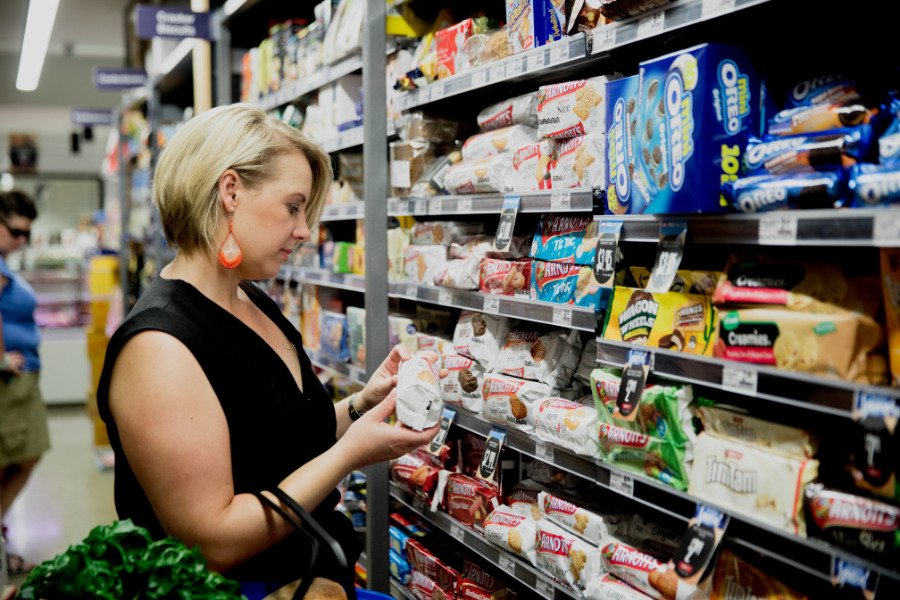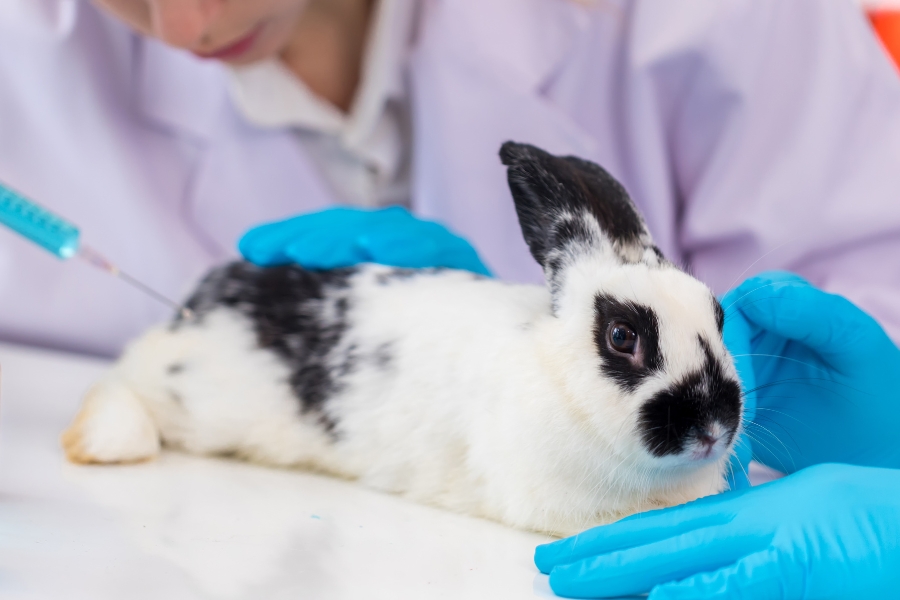Let’s talk about MSG – that sneaky little additive that seems to pop up everywhere in our food supply… even when you think you’re making healthy choices.
If you’ve ever had brain fog, restless legs, or your kids have had emotional meltdowns after a meal (and you swear they were fine five minutes ago), MSG might be the culprit. Let’s dive into what MSG really is, where it hides, and how you can steer clear of it (without going nuts in the supermarket aisle).
So… what even is MSG?
MSG stands for monosodium glutamate – the sodium salt of glutamic acid, which is an amino acid. Originally derived from seaweed back in 1908 by a Japanese chemist named Kikunae Ikeda, it was used to bring out that rich, savoury “umami” flavour we all know and love.
Sounds harmless enough, right?
Well, the MSG used in your food today is completely man-made. It’s created by fermenting corn, sugar cane, or sugar beets – producing a white crystal powder that’s dumped into all sorts of processed foods to enhance flavour.
And while it might taste amazing, the side effects tell a different story.
The MSG Side-Effect Checklist
Ever experienced any of these after eating processed foods?
👉🏻 Brain fog
👉🏻 Headaches or migraines
👉🏻 Restless legs or “growing pains”
👉🏻 Irritability, hyperactivity or emotional meltdowns (hello, kids)
👉🏻 Rapid heart rate
👉🏻 Gas or abdominal discomfort
👉🏻 Breathing difficulties (especially in asthmatics)
👉🏻 Swelling of the face
👉🏻 Skin flare-ups
👉🏻 Insomnia
Yep – these symptoms are real. MSG is classified by many researchers as an excitotoxin, a substance that overstimulates your brain cells to the point of damage or death. According to Dr. Russell Blaylock in Excitotoxins: The Taste That Kills, MSG could be linked to neurological issues such as Alzheimer’s, Parkinson’s, and even learning disabilities.
But wait… isn’t MSG “safe”?
According to Food Standards Australia New Zealand (FSANZ), MSG is considered “safe” for consumption. But we always come back to this: safe doesn’t mean healthy or good for our bodies.
Just because something is legally allowed in our food supply doesn’t mean it belongs in our bodies – or our kids’ bodies.
The Confusing World of “Glutamates”
Here’s where it gets tricky. Companies are getting super clever about avoiding the “MSG” label. So, while you might not see monosodium glutamate (621) on an ingredient list very often, that doesn’t mean the product is free of glutamates.
There are two types of glutamates:
🔹 Bound glutamates – naturally found in real foods like tomatoes, mushrooms, and parmesan. These are tied to other amino acids and are broken down slowly by our bodies and are totally fine.
🔹 Free glutamates – synthetically produced and added to processed foods. These are rapidly absorbed and can overstimulate your brain’s neurons and are not fine.
And here’s the kicker: companies are allowed to hide glutamates under different names if the glutamate content is less than 75% of the total additive. So unless you’re a food label detective, you could be eating MSG without even knowing it. It could be hidden in the term ‘flavour’ or ‘flavours’, which are increasingly common to see as an ‘ingredient’ on food labels. But what even is that as an ingredient? We have dived deeper into flavours and natural flavours in another blog post you can read here.
We get it – this topic gets people fired up.
Whenever we talk about MSG online, we cop a heap of shade. The comment section lights up with things like “this is misinformation!” or “MSG is in tomatoes – should we stop eating tomatoes now too?”
But here’s the thing… we’re not talking about naturally occurring glutamates in wholefoods like tomatoes or parmesan cheese. Those are bound glutamates that our bodies know how to handle.
We’re talking about synthetically created MSG – the kind deliberately added to processed and packaged foods to hijack your taste buds and make you want more. It’s not the same, and it’s misleading to pretend it is. Comparing the glutamates in fresh tomatoes to the MSG in your 2-minute noodles is like comparing snow peas to Harvest Snaps Baked Pea Crisps. They are not the same – and your body knows it. Oh, and on that, sorry to say but there are MSG derivatives (aka flavour enhancers) in those Harvest Pea Crisps too.
Hidden Names for MSG You Need to Know
If you are wanting to avoid MSG and glutamates, then this will give you an idea of what to look out for…
Monosodium Glutamates (MSG) Names
❌ 620 – Glutamic Acid
❌ 621 – Monosodium Glutamate
❌ 622 – Monopotassium Glutamate
❌ 623 – Calcium Glutamate
❌ 624 – Monoammonium Glutamate
❌ 625 – Magnesium Glutamate
❌ 627 – Disodium 5′-guanylate
❌ 631 – Disodium 5′-inosinate
❌ 635 – Disodium 5′-ribonucleotides
Other common additives, glutamates can be found in
❌ Yeast extract
❌ Flavour/s or flavour enhancer
❌ Anything “autolysed” or “hydrolysed”
This is a basic list, but it gives you a good insight into the most common ones you are likely to find in packaged foods.
Where MSG Hides in Everyday Foods
Here’s a peek at common culprits:
🚩 Two-minute noodles
🚩 Vegemite (sorry, but the first ingredient is yeast extract)
🚩 Flavoured chips and crackers (including the pea crisps referred to above)
🚩 Chicken salt
🚩 Frozen meals
🚩 Processed meats
🚩 BBQ chickens
🚩 Canned and packet soups
🚩 Snack foods marketed to toddlers (ugh, yes – this is a big one)
🚩 Salad dressings and dips
🚩 Anything with a flavour like “BBQ” or “Chicken”

Here’s the Good News: You Don’t Have to Be a Food Chemist
We know reading ingredient lists can feel like decoding ancient hieroglyphics. That’s why we built the Additive-Free Lifestyle App – your secret weapon against sneaky MSG and hidden glutamates.
👉 With just a quick scan of a product’s ingredients, our app will tell you if MSG (or its many derivatives) is lurking inside. No guesswork, no stress, and no spending 20 minutes per item in the supermarket.
It also comes with:
✅ 300+ additive-free recipes
✅ Meal planner with shopping list builder
✅ A comprehensive list of all the additives approved for use in AUS/NZ to keep you clued in
Final Thoughts
MSG might be “legally safe” – but the question is: Is it safe for you?
If you or your kids experience any of the symptoms listed earlier, or if you’re just trying to live a cleaner, calmer, more additive-free life, then MSG is one of those ingredients worth ditching.
You don’t need to be perfect – you just need to be aware. And once you learn what to look for, those so-called “healthy” foods start to look very different.
So, next time you see “No Added MSG” on a label? Flip that packet over and double-check the ingredients. Because “No Added MSG” doesn’t mean “MSG-free”, and is usually where you’re likely to find yeast extract or hydrolysed vegetable protein.
And if you’re ever in doubt… scan it with our app. We’ve got your back.
Much love,
Jo & Tracey x










Leave A Comment